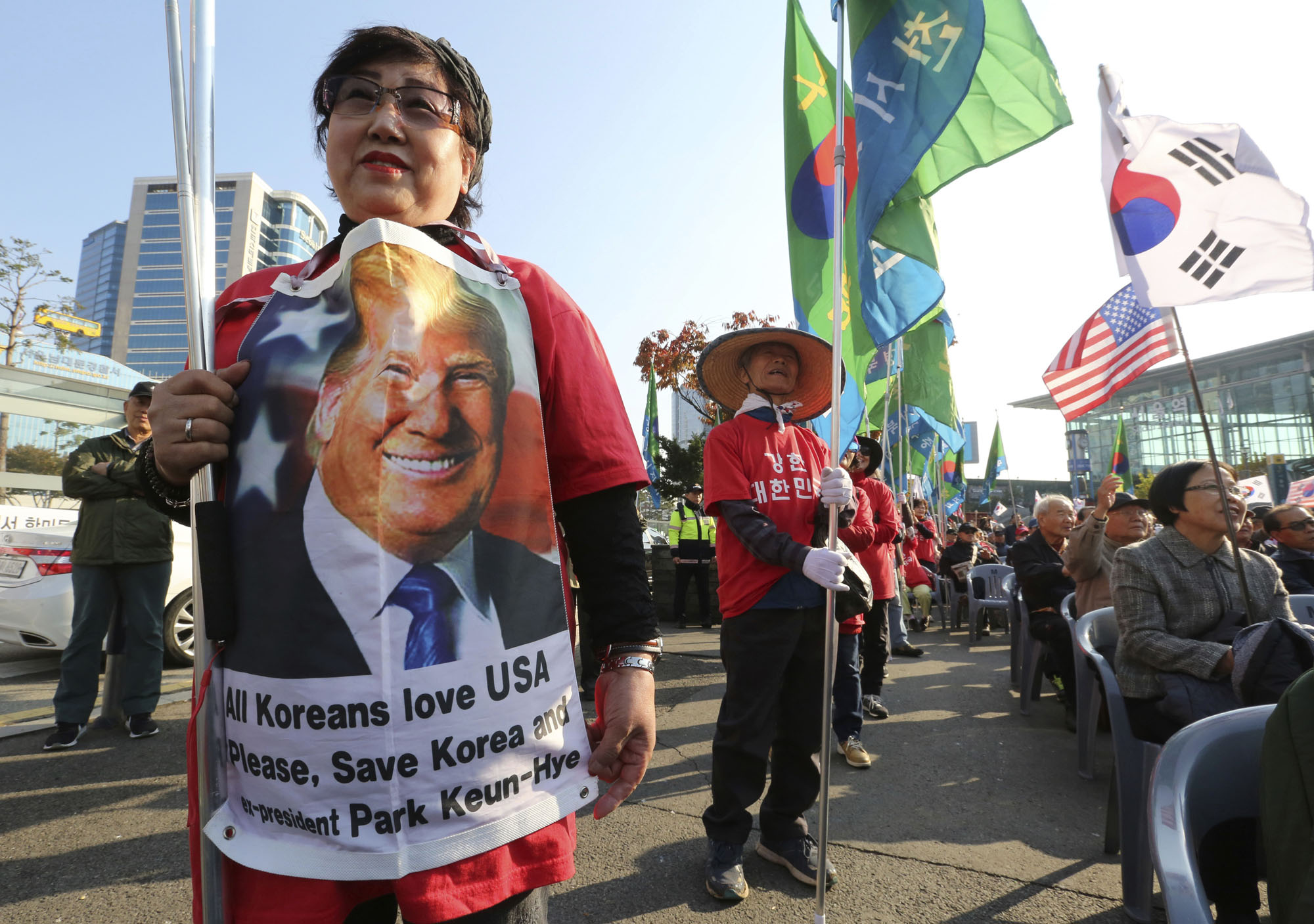A year after his election, U.S. President Donald Trump is making his first official visit to Asia. The 12-day tour of five countries — Trump's longest foreign trip so far — will, according to official briefings, focus on easing doubts about the reliability of the United States and its leader. Given the challenges and possibilities for the U.S. in Asia, that is an unambitious goal.
Trump started his trip by reinforcing America's alliances with Japan and South Korea — alliances that he previously discounted and belittled, particularly during his campaign. The aim was to buttress his demand, which he will reiterate when he reaches Beijing on Thursday, that China follow through on its pledges in the United Nations Security Council to tighten sanctions on North Korea.
Next, Trump will head to Vietnam and the Philippines. Close relations with both are necessary to underpin ongoing U.S. efforts to challenge China's growing influence in Southeast Asia. U.S. President Barack Obama's administration had mixed results in competing for influence with China. Trump administration officials have lately hinted that the US may, at some point, devise a new strategy for the entire Indo-Pacific region.

















With your current subscription plan you can comment on stories. However, before writing your first comment, please create a display name in the Profile section of your subscriber account page.